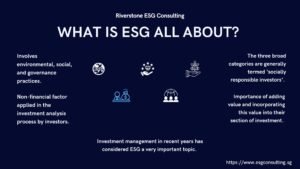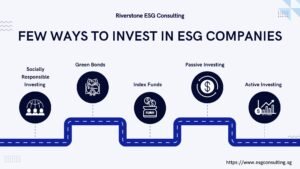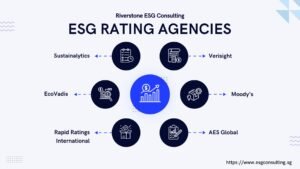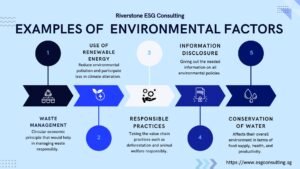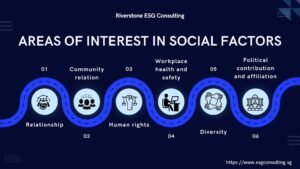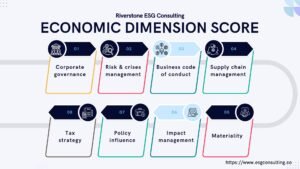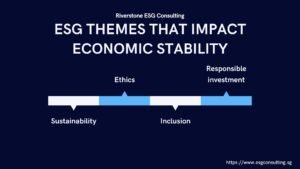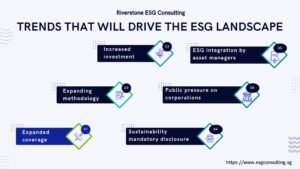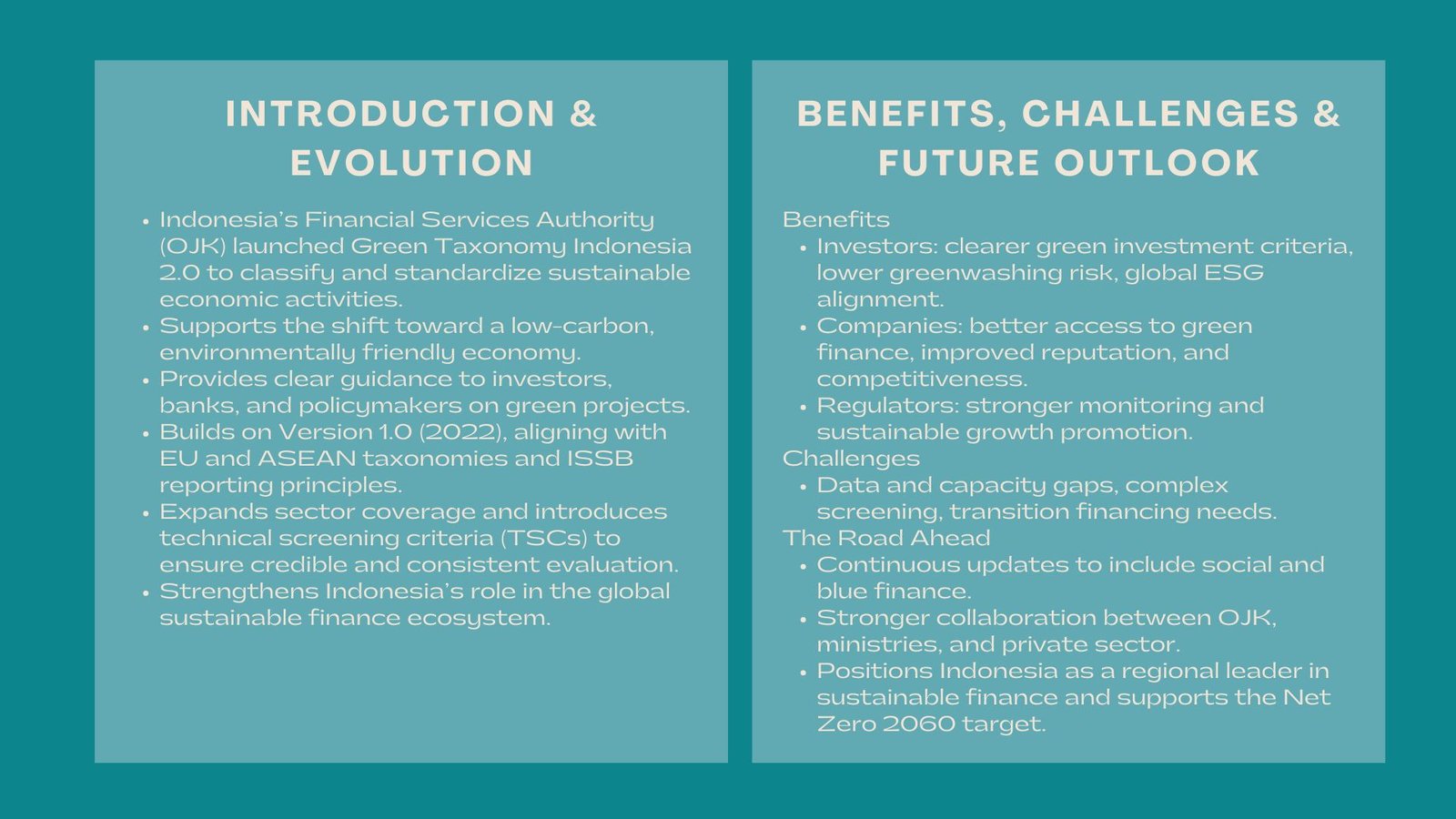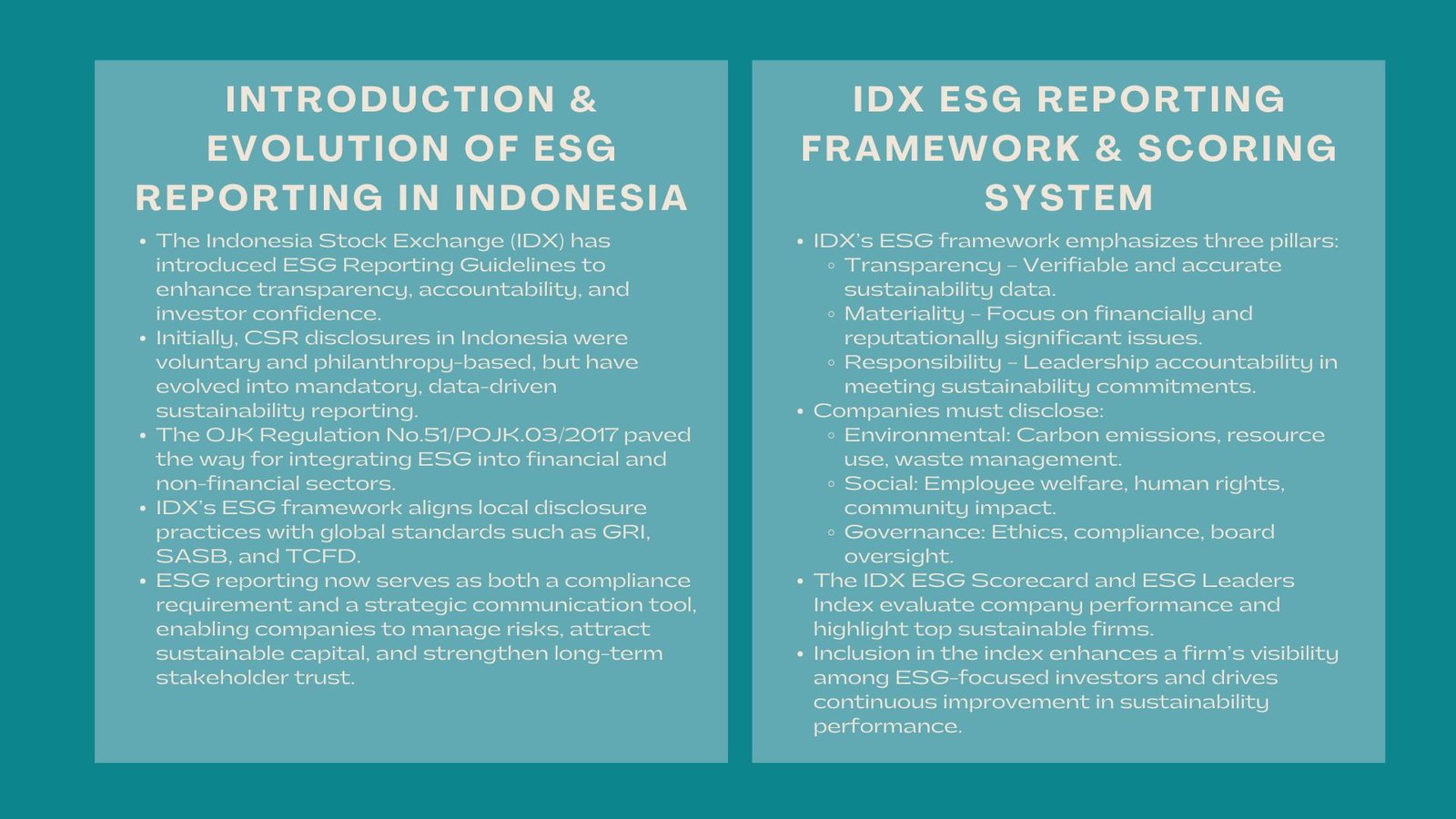Net Zero Commitments and Transition Finance in Singapore
How Achieving Net Zero Goals in Singapore
Singapore is speeding up the process of becoming an Asian sustainable finance and green technology centre. As the world pressures the city-state to decarbonize, the financial institutions, corporates, and regulators in the city-state are collaborating closely to ensure that their plans are aligned with the national target of attaining net zero emissions by the year 2050.
With the world investors insisting on greater climate disclosure and greener portfolios, Singapore-based companies are rising to the occasion to report their transition plans, invest in low-carbon solutions and use sustainable finance instruments. To achieve these ambitious objectives, however, businesses can and should not just make pledges, they should develop plausible, quantifiable, and adequately funded ways to achieving net zero. This aligns with the principles outlined in How to Build a Sustainable ESG Strategy in Singapore.
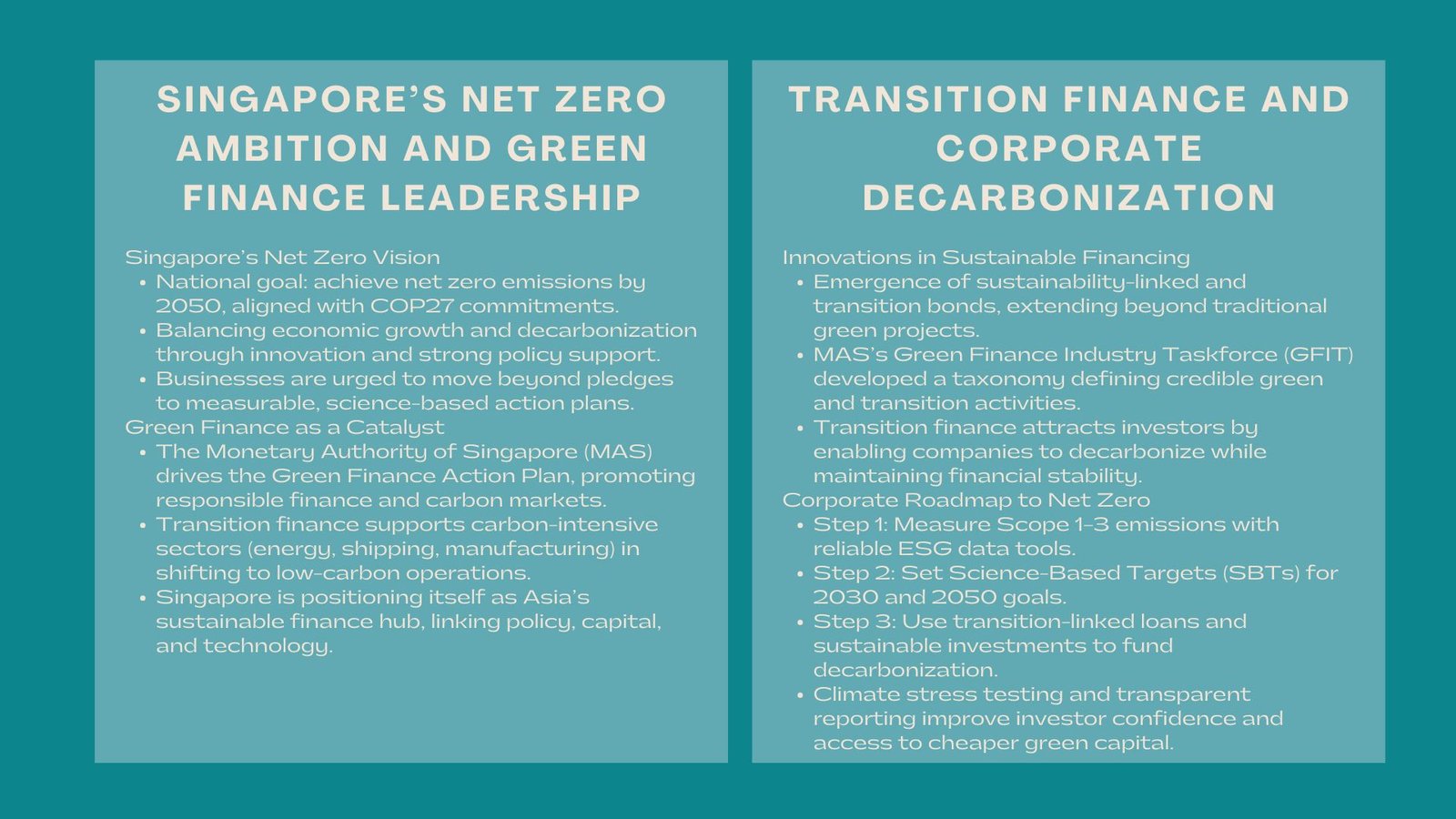
Knowing Net Zero and Its Applicability to Singapore.
The campaign to be carbon neutral in the world.
Net zero is the term used to refer to offsetting greenhouse gases and the quantity of gases taken off the atmosphere. This has been the pillar of global climate action made by the United Nations and major international frameworks including the Paris Agreement.
In the case of Singapore, it is the problem of economic growth versus sustainability. Energy and industrial systems of the country are important sources of emissions, and decarbonization entails structural change, as well as robust financial resources. Net zero by 2050 declared in COP27 is the initiative of the government to be proactive about the issue of climate responsibility.
Singapore as a Green Financing Hub in the region.
Singapore has been an Asia green financial leader. One of the most important contributors is the Monetary Authority of Singapore (MAS) by its Green Finance Action Plan that stimulates responsible financing, alignment of taxonomies and the creation of carbon markets.
A major instrument has become transition finance, which is capital that is being used to assist the operation of industries that are carbon intensive to shift to low carbon operations. It allows the energy sector, shipping and manufacturing sector to use cleaner technologies without losing their financial stability.
The history of Transition Finance.
The Green Bonds to Transition Bonds.
Sustainability-linked bonds and transition bonds are some of the new innovative products that have emerged in the capital markets of Singapore in recent years. Compared to the traditional green bonds which invest in pure green projects, transition bonds invest in companies which are adapting to the green business model.
These financial tools have created new opportunities to companies who are determined to reach net zero but require major investments to decarbonize their companies. The Singaporean banks and institutional investors are finding it necessary to incorporate transition finance in their ESGs to become international sustainability players.
The International Standards and Role of MAS.
MAS has also played a key role in establishing green and transition finance principles. It has come up with a taxonomy through the Green Finance Industry Taskforce (GFIT) which categorizes economic activities based on the effect they have on the environment.
This taxonomy is a welcome revelation to investors and corporates, as it gives them much-needed space to ensure that money is channeled into actual and scientific-based transition activities. These actions enhance the credibility of Singapore as a sustainable finance hub and will promote the implementation of corporate net zero transition financing options in Singapore that would conform to international best practices.
Creating a Corporate Decarbonization Roadmap.
Step 1: Evaluation of Existing Emission Bevies.
In order to develop a real transition plan, companies must calculate greenhouse gas emissions as accurately as possible. This is by computing Scope 1 (direct), Scope 2 (indirect) and Scope 3 (value chain) emissions. Organizations are now able to collect, analyze and report these figures using digital platforms and ESG data tools.
Step 2: Establishing Science-Based Targets.
Science-Based Targets (SBTs) make the emission reduction targets of the companies to be in line with the global temperature restoration. It is noted that Singaporean corporates have been aligning their strategies with the SBTi requirements, establishing clear goals of 2030 and 2050.
Step 3: Financing the Transition
Developing sustainable investment and decarbonization roadmap for Singapore companies requires access to tailored financing solutions. Green and transition-linked loans pegged on sustainability performance measurements are also provided by banks. The better the ESG are, the better the financing conditions.
Climate stress testing and scenario analysis are other ways in which financial institutions determine the transition credibility of companies. Companies able to show obvious, verifiable transition passages will have the privilege to access cheaper capital and increased investor confidence.
Transition Finance in Action: Sectoral Applications.
Energy and Utilities
The power sector in Singapore is taking the decarbonization initiative with great investments in renewable energy and hydrogen technology. Pilot projects on imports of low-carbon hydrogen and regional power grids have been pushed by the Energy Market Authority (EMA). Transition financing assists in facilitating such large scale projects by providing a medium of financing between innovation and implementation.
Shipping and Logistics
Singapore is an international port with an increasing pressure to decarbonize the shipping industry. The Maritime and Port Authority (MPA) is promoting the concept of green shipping corridors and the trials of the zero-emission vessels. Transition finance can facilitate these efforts through research, retrofit, and development of alternatives fuel.
Real Estate and Manufacturing.
Companies are turning to the use of green buildings and low-carbon technologies in the real estate and industrial operations. The growing popularity of companies that incorporate ESG indicators into their processes of asset management among investors indicates a change in the long-term value in all industries.
The Significance of Transparency and Reporting.
Conformity to Global Disclosure Frameworks.
Credible transition finance focuses on transparency. Singapore-based listed firms have no option but to conform to reporting standards like the Task Force on Climate-related Financial Disclosures (TCFD) and international standards of sustainable reporting shortly which will be the International Sustainability Standards Board (ISSB).
These frameworks necessitate the description of the governance, strategy, risk management, and performance metrics concerning climate risk and reduction of emissions. These standards help in improving comparability and investor confidence through their integration.
Verification and Assurance by an independent party.
With the maturity of ESG reporting, third-party assurance is necessary to certify emission information and transition. Accountability to the investor and the regulator is also evident when there is independent verification, which enhances accuracy of the reports, in addition
Companies adopting corporate net zero transition financing strategies in Singapore gain stronger credibility when their sustainability claims are backed by verified data and transparent disclosure.
The Role Riverstone ESG Consulting plays in Supporting Transition Strategies.
Riverstone ESG Consulting is one of the foremost ESG advisory companies in the region that helps companies to overcome the challenges of net zero pledges and transition finance. Their multidisciplinary investment approach will include policy acumen, data analytics, and investor-congruent reporting.
Riverstone assists companies to determine the location of emission hotspots, assess sustainable financing and organize environmental sustainability reporting systems that can be accepted internationally. They also guide companies in developing a sustainable investment and decarbonization roadmap for Singapore companies — ensuring that climate goals are not only aspirational but actionable.
Through climate risk assessments to carbon accounting and sustainability-linked financing consultancy, Riverstone offers integrated services that would help organizations to establish themselves as reliable stakeholders in the low-carbon economy.
Challenges Ahead
Although there is increasing momentum, there are still challenges. The limited quality of ESG data, incoherent carbon accounting practices, and lack of internal expertise remain the problem of many companies. The transition cost is also a financial burden particularly to SMEs that do not have access to the green finance instruments.
To address such obstacles, the partnership between the government and the business world is necessary. The leadership of the sustainable finance offered by Singapore will rely on the success with which stakeholders will collaborate to scale up in the years ahead with credible inclusive inclusive and science-based solutions.
Conclusion
The net zero of Singapore is not only a regulation initiative but it is also a long term resilience and competitiveness strategy. Transition finance gives the financial support to this change and allows business to invest in low-carbon technologies and to work towards global sustainability objectives.
Through keen regulation controls, novel financing instruments, and strategic advice of independent consultancies such as Riverstone ESG Consulting, the corporate environment in Singapore would become the first in Asia to switch to a decarbonated future.

